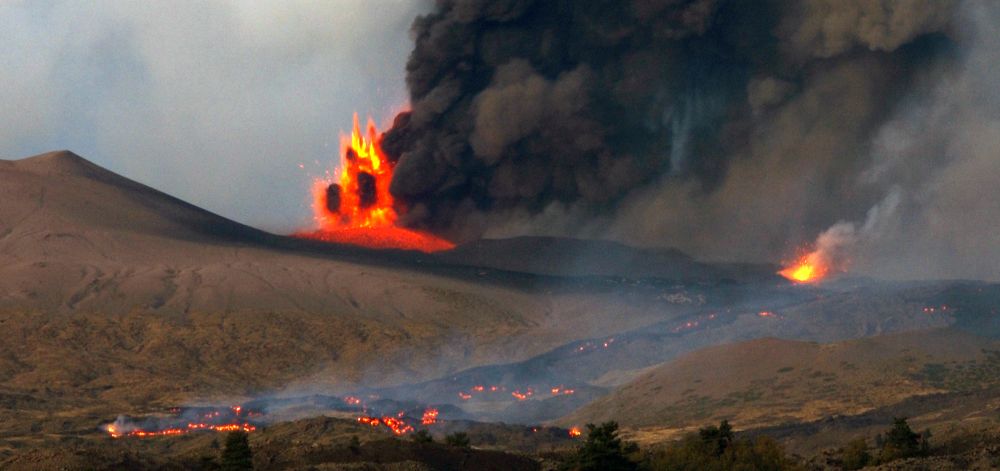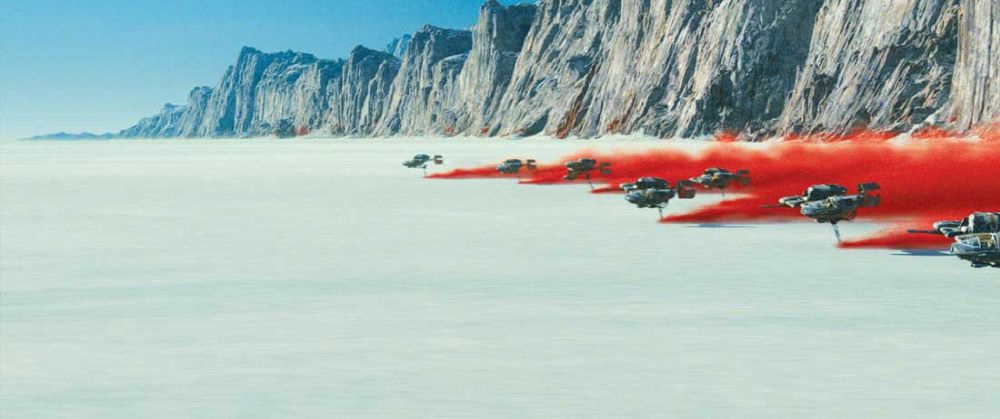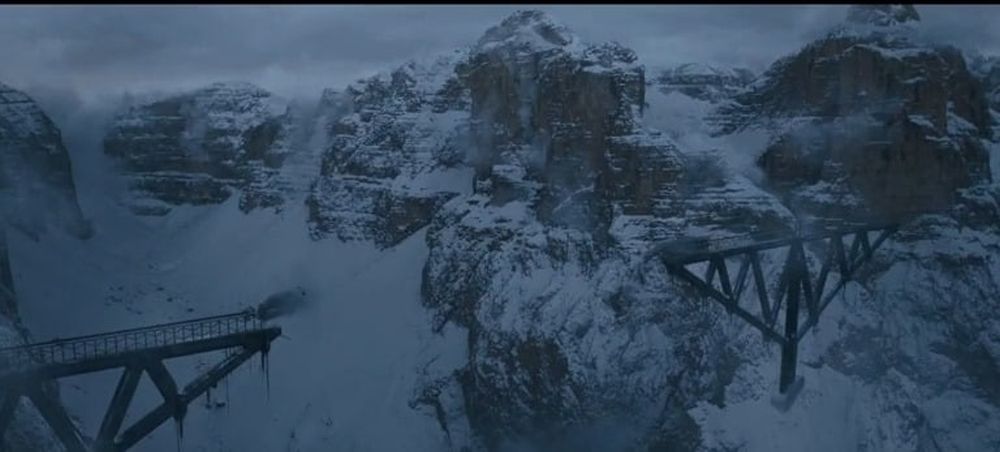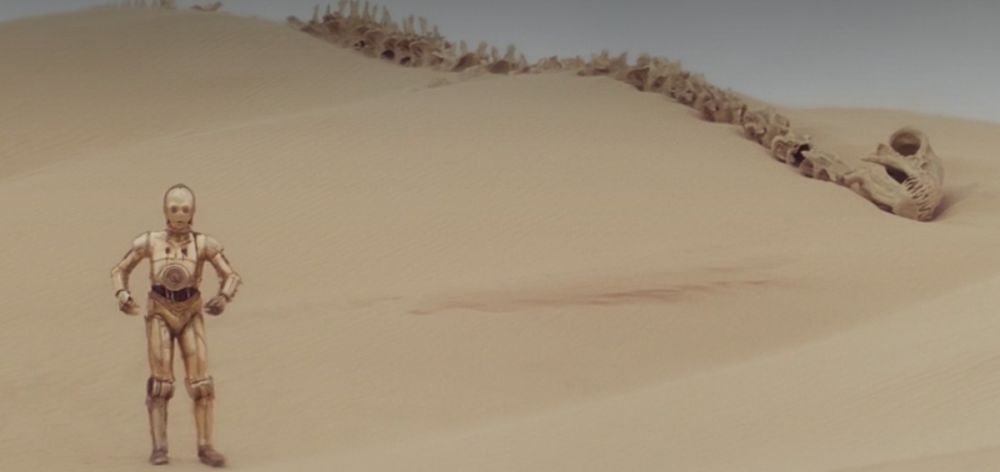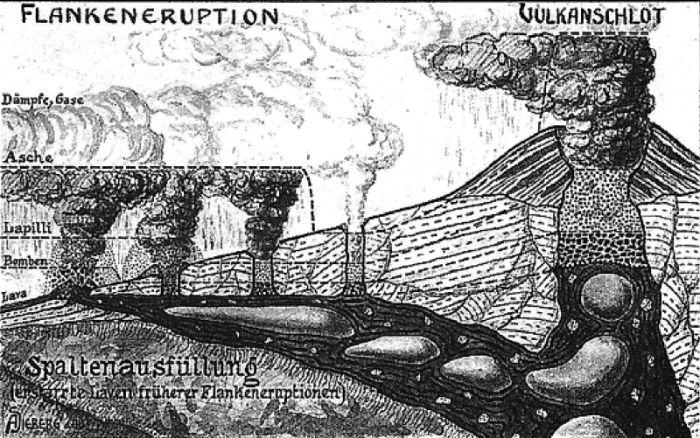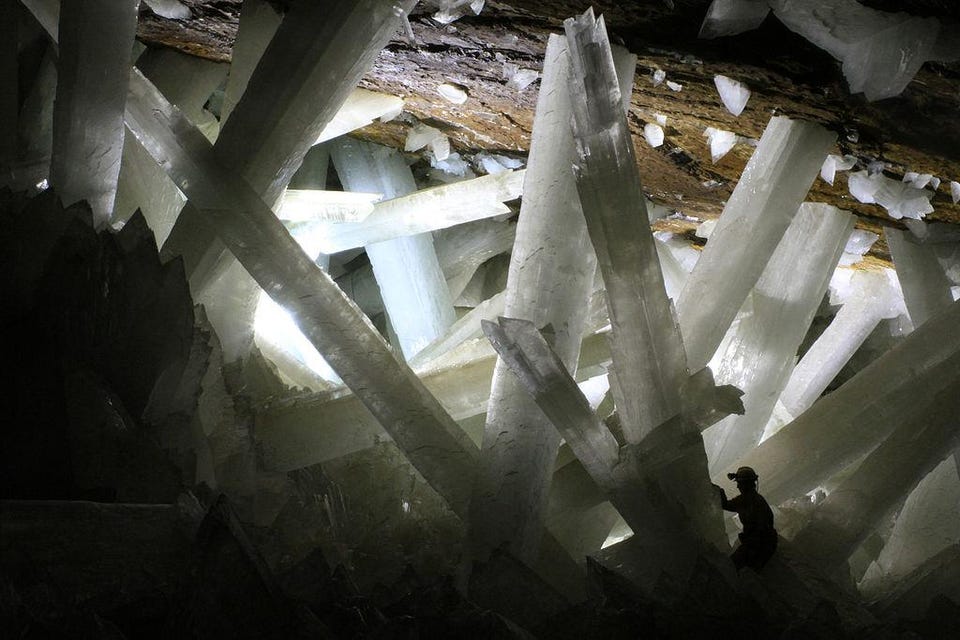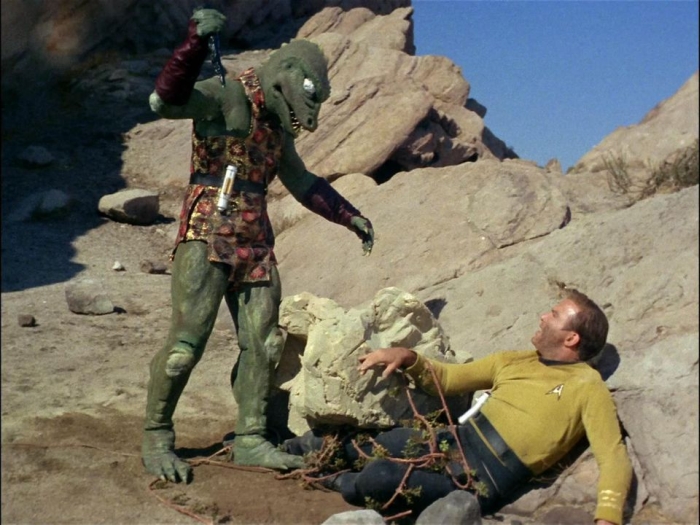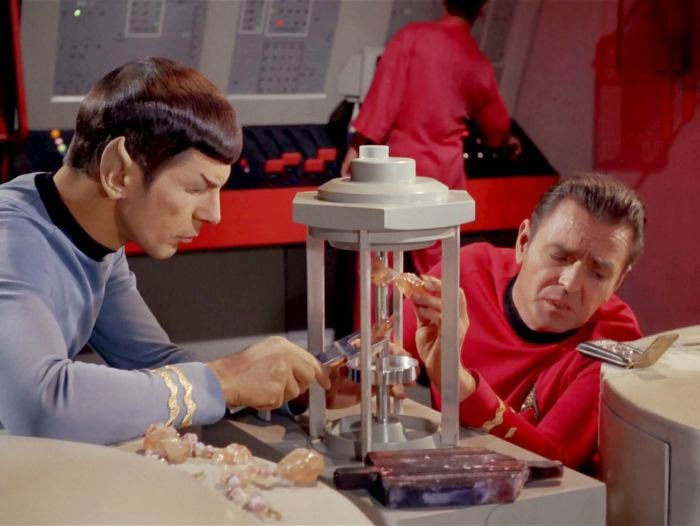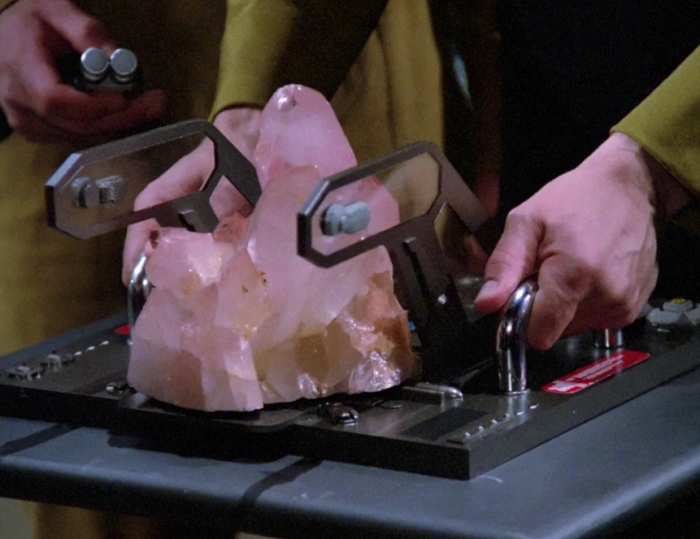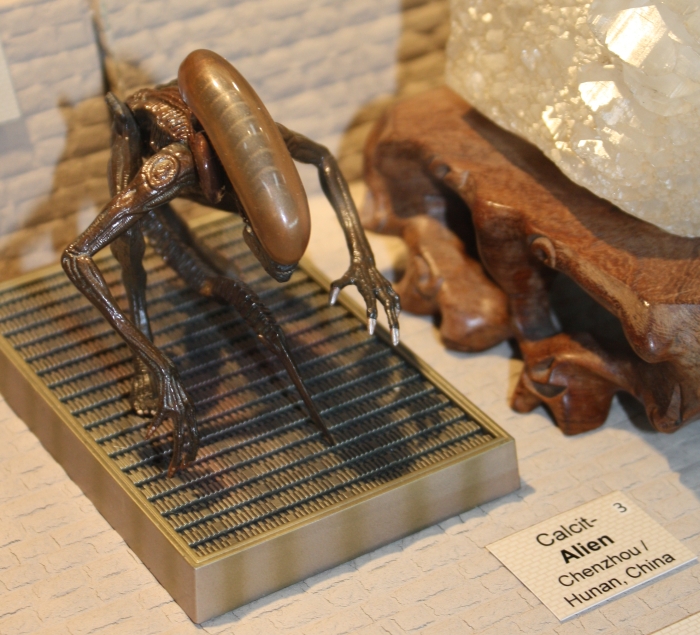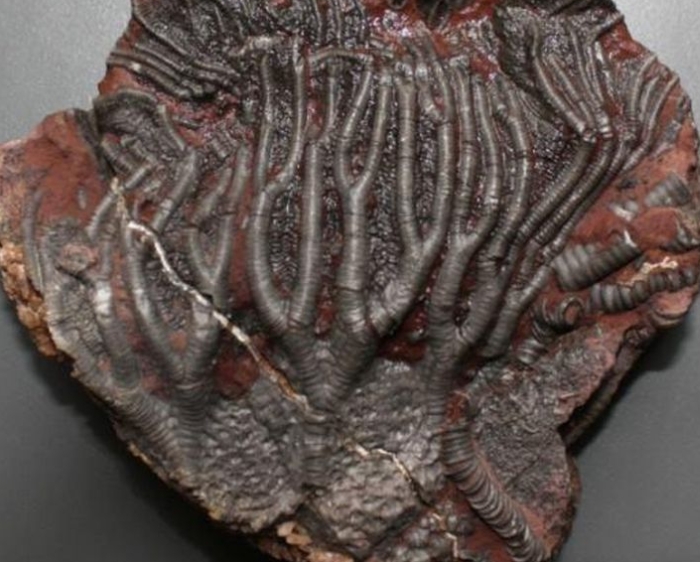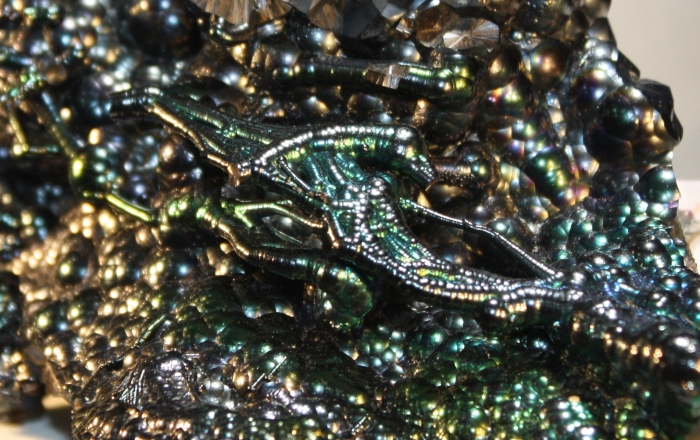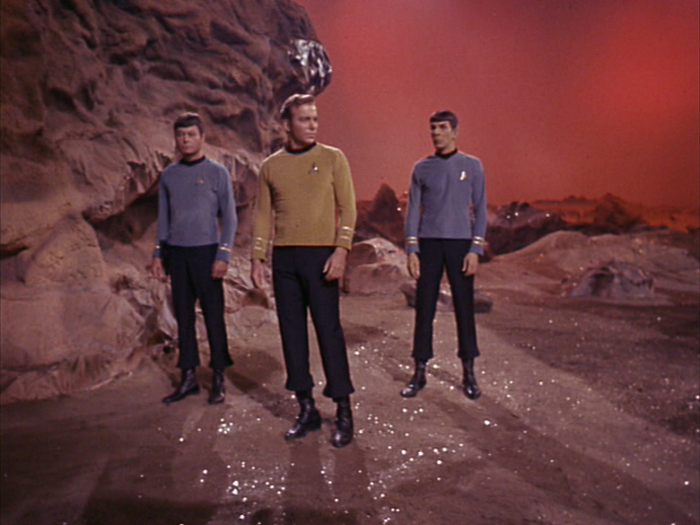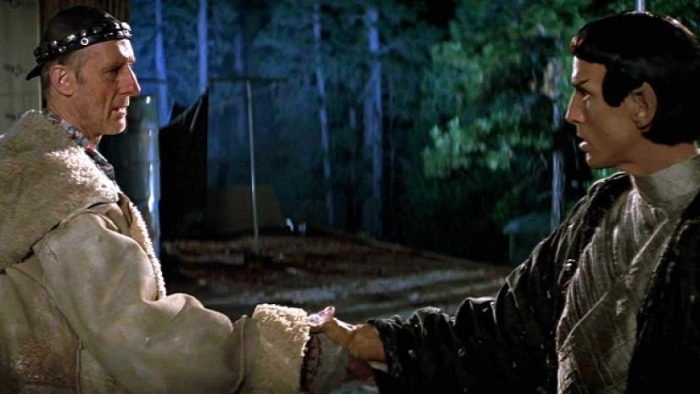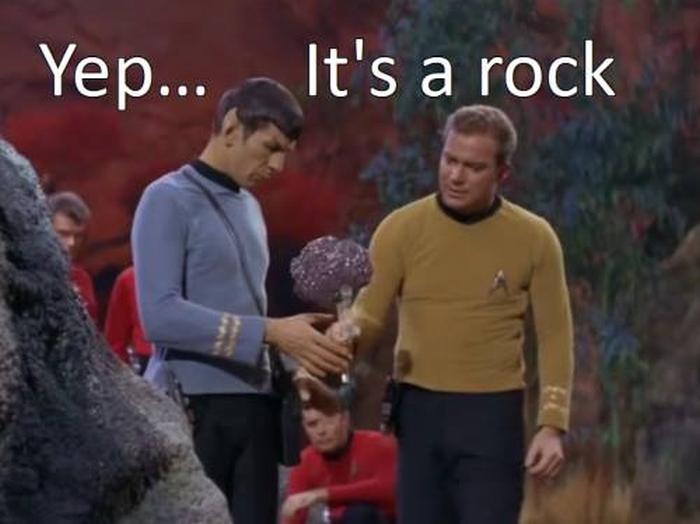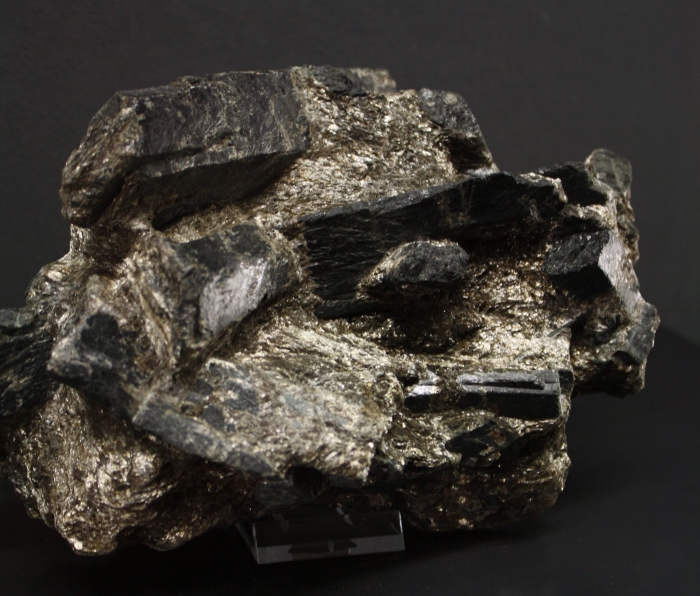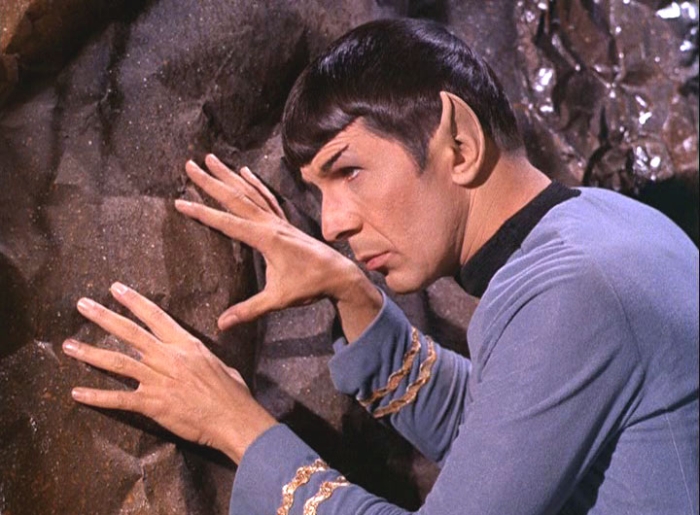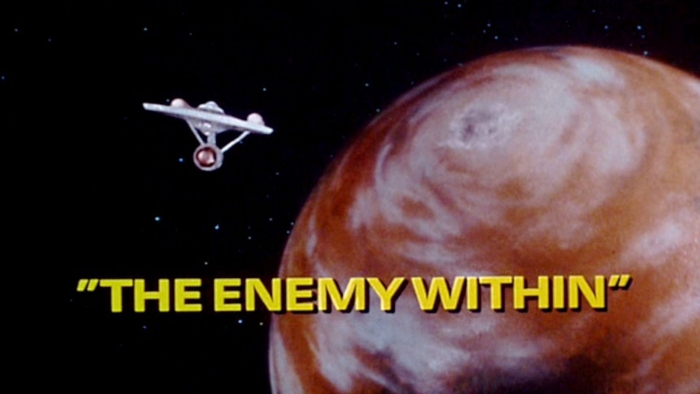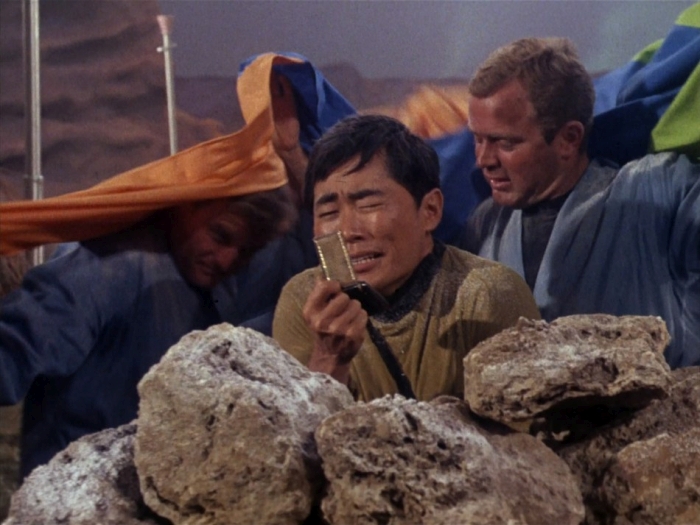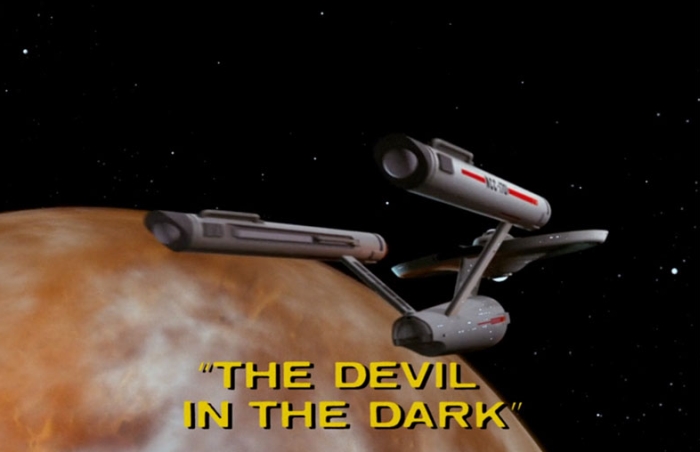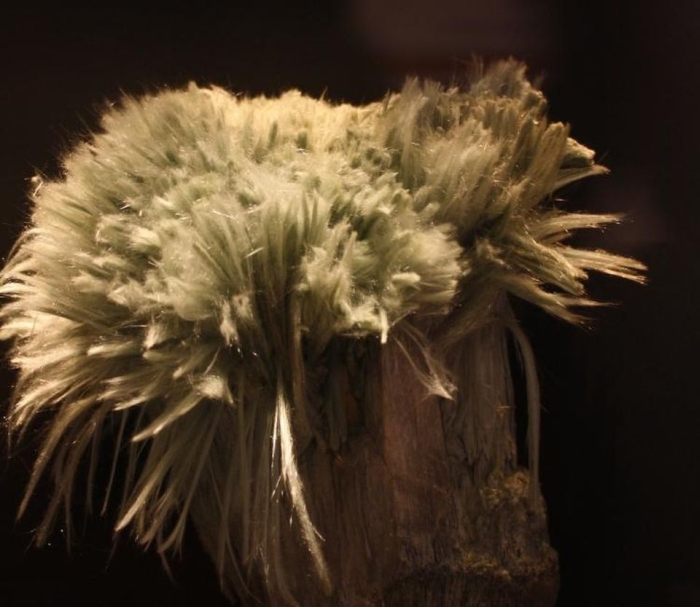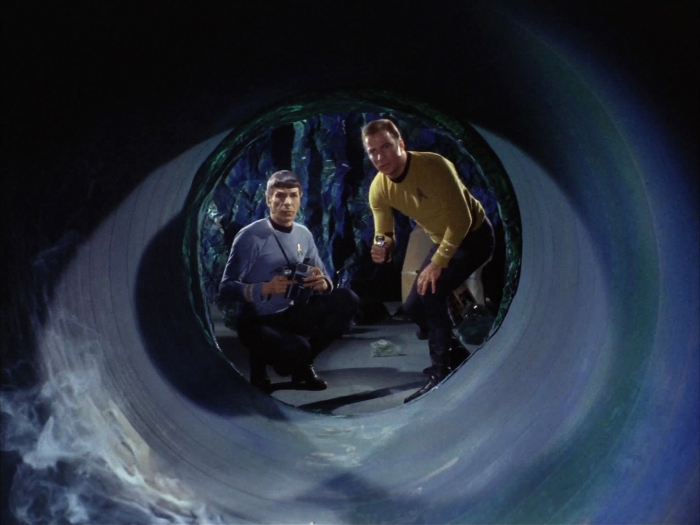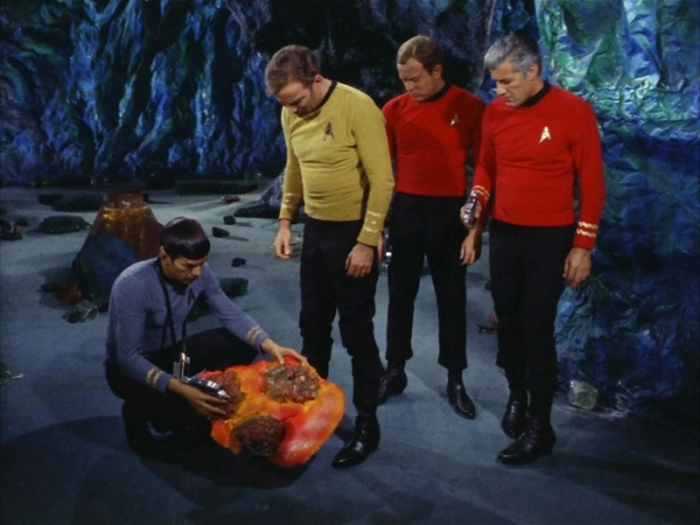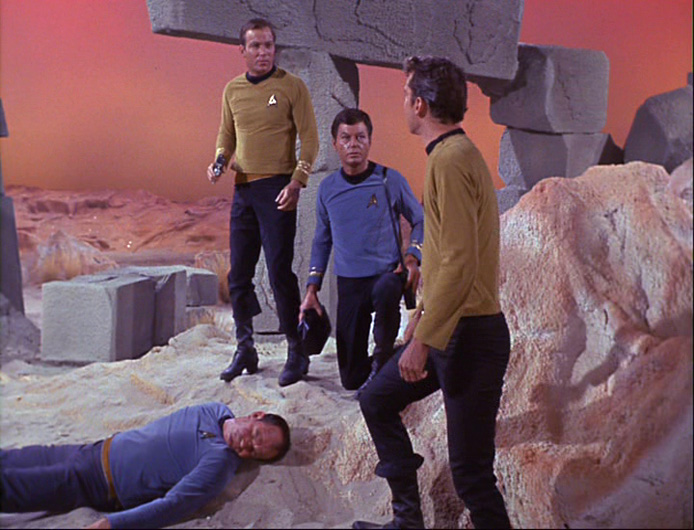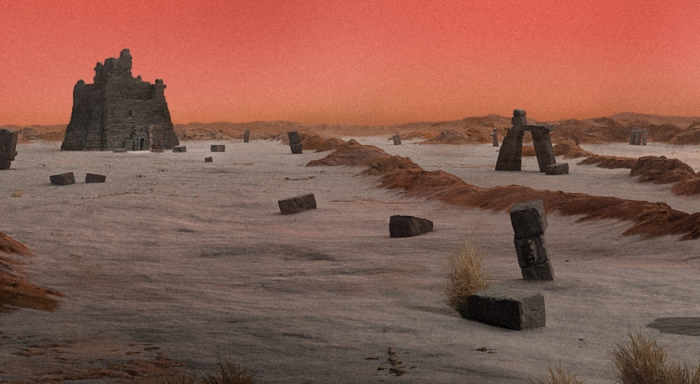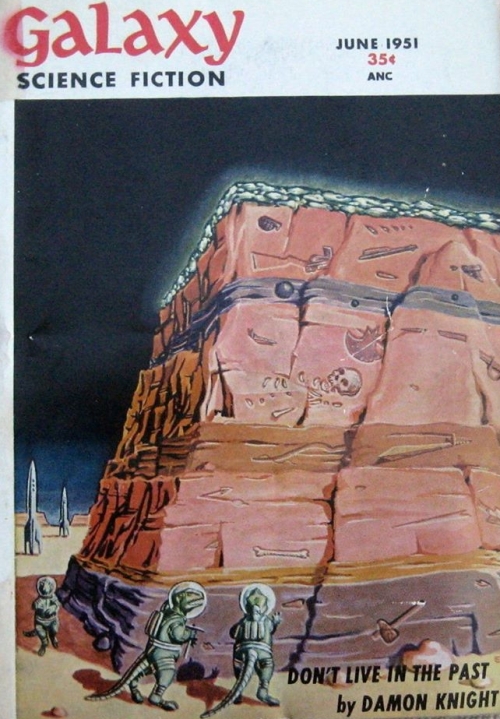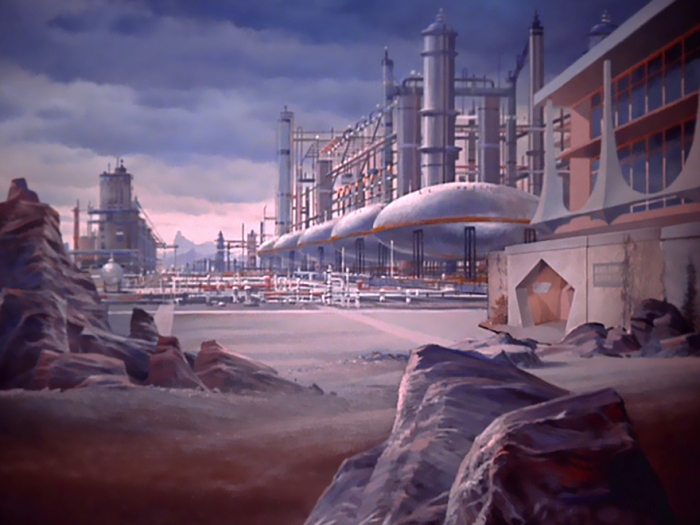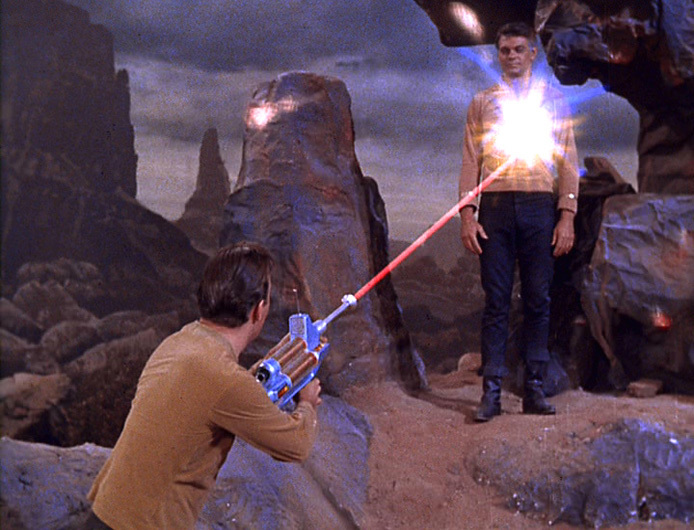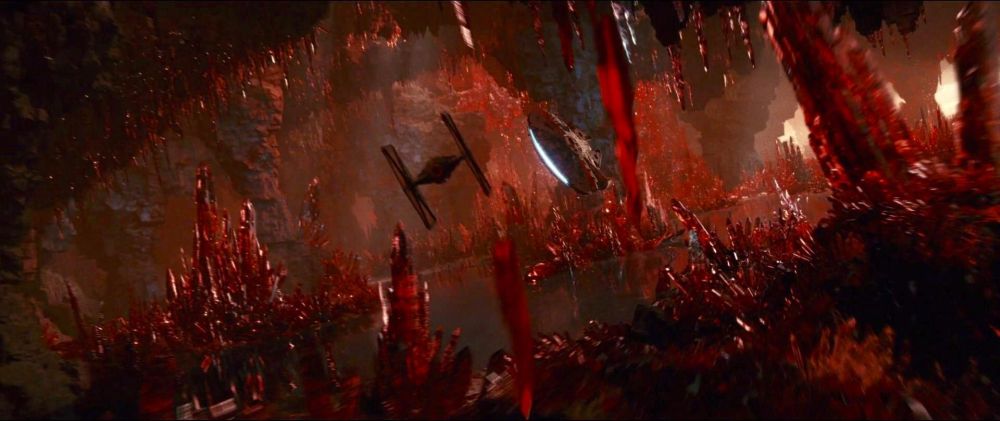
Geology is strong in the successful Star Wars franchise, be it in the movies or behind the scenes.
Spectacular landscapes, like salt-plains in the Andes, an active volcano in Sicily, the dolo- and limestone peaks of the Dolomites, and the sand dunes of Tunisia act as a background for the struggles of our heroes against the dark side.
The famous lightsaber battle on Mustafar in the 2005 film Star Wars Episode III: Revenge of the Sith, was done by combining computer graphics with real footage of Mount Etna. The crew was filming in 2002 in Italy when just by chance Mount Etna erupted with spectacular lava fountains and flows, so they decided to film there.
In the movie, the fictional planet Mustafar displays a landscape covered entirely in dark rocks, igneous in origin as the many active lava flows and eruptions suggest. Likely the early Earth – some 4,5 billion years ago – was pretty much a lava planet, with a thin crust of basalt covering a fiery ocean of molten magma. Only later, when plate tectonics and erosion by water started, other rocks formed. Planets like Mars and Venus are still today covered mostly by basalt, even if it is not clear if there are active volcanoes to be found.
One of the most recent episodes of Star Wars, The Last Jedi (2017), features some spectacular landscapes, like the Salar de Uyuni, a dry salt-plain located in the Andes. In the movie, Crait is a small planet covered entirely with salty minerals. During a battle scene, it is shown that beneath the white crust of salt lays a red mineral. Halite, the mineralogical name for salt (NaCl), can become dark red/brown when exposed to radioactive radiation. Sylvite, a potassium chloride (KCl), has a reddish color that can become purple if exposed to radiation, but it is a rare mineral on Earth. Later our heroes escape through a cave filled with gigantic red crystals, likely crystallized over millions of years.
In the 2018 spin-off movie Solo: A Star Wars Story, scenes of a train heist on the planet Vandor-1 were filmed in the Dolomites, near the peaks of the Tofane, the Langkofel, Sella Pass and the Drei Zinnen. The base of those mountains are composed of the Cassian-Dolomit, the dolostone cores of former Triassic reefs. The relative plain summits – as seen in some scenes – are formed by erodible marl deposits of the Heiligkreuz- and Travenanzes-Formation, and the plane-bedded Hauptdolomit-Formation.
The fictional desert city of Mos Espa, the hometown of Anakin Skywalker, was built in 1997 for the movie Star Wars Episode I: The Phantom Menace and then abandoned in the Tunisian desert. Over the years it has become a tourist attraction. The dry climate preserves the buildings very well and the only menace for the site comes from the slowly moving barchan dunes, up to 6 meter high windblown accumulations of sand and gypsum grains. The set of Mos Espa, consisting of twenty buildings made of wood and plaster, was built on a flat, clay-rich pan and the city later expanded digitally in size, with dunes only barely visible in the background of some scenes.
However the prevailing wind, blowing from east to west, constantly moves the sand. The dunes are migrating with the wind eastwards, just in the direction of the remains of the abandoned site. Using the buildings as a fixed reference point in a quite featureless landscape, and comparing a series of satellite images from 2002 to 2009 and pictures taken by Star Wars fans over the years, researchers were able to calculate the migration rate of three larger dunes. With 4,8 to 15 meter per year, the dunes move with an average speed. The study notes that the dune located nearest to the film set slowed down in recent years, possibly influenced by changes in the wind pattern caused by the encountered obstacles. Even so, Mos Espa will be buried completely in estimated 80 years by the sand. The slow destruction of his home may also explain why Darth „Anakin“ Vader doesn’t really like sand (as revealed in the 2002 film Star Wars Episode II: Attack of the Clones).
Geology, sort of, was also involved behind the scenes of Star Wars. Forty years ago the Death Star was blown up by the rebels in the 1977 sequel Star Wars: A New Hope. The computer animation for the simulated attack on the Moon-sized battle station was done using computers of the University of Illinois. At the time only a few computers were powerful enough to calculate the vector graphics as shown in the scene. Geologist Christopher Scotese had to share his spare computer time, used for simulations of how plate tectonics shapes Earth, with the special effects artists at work.
